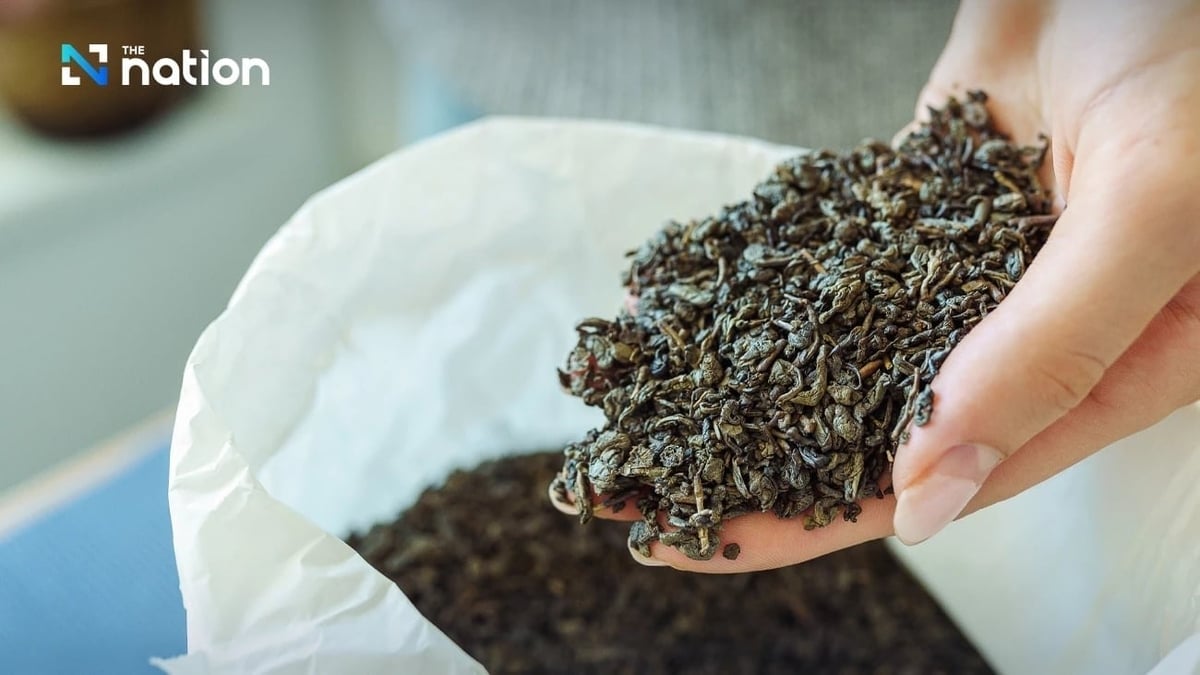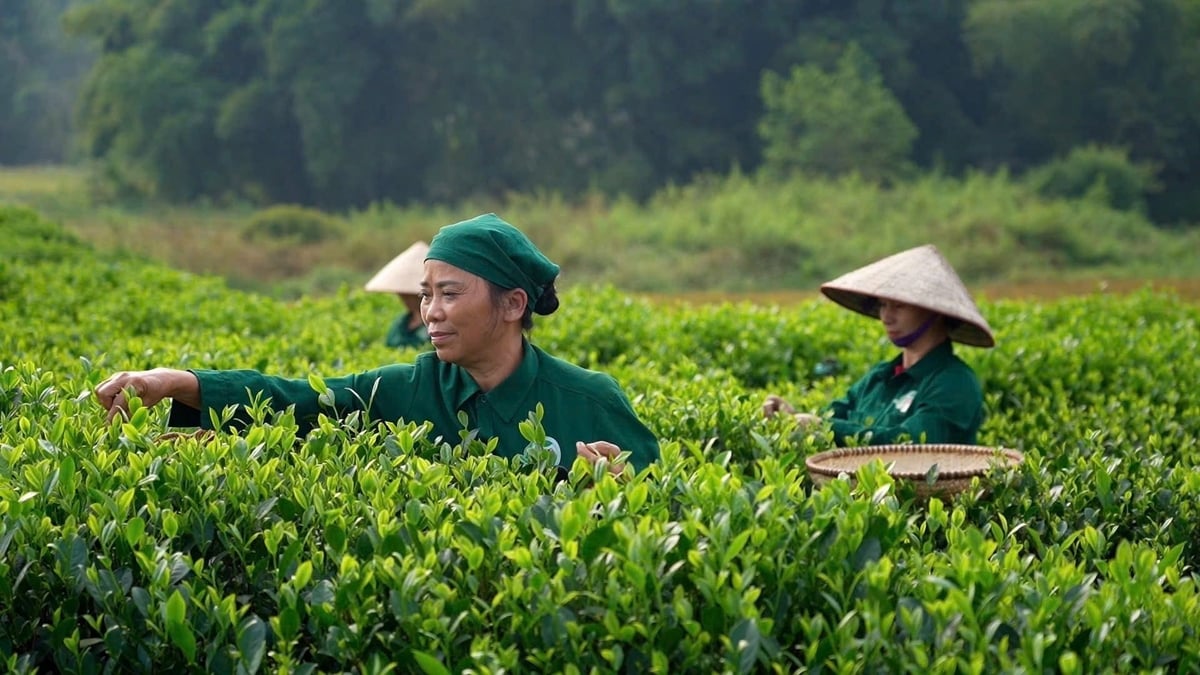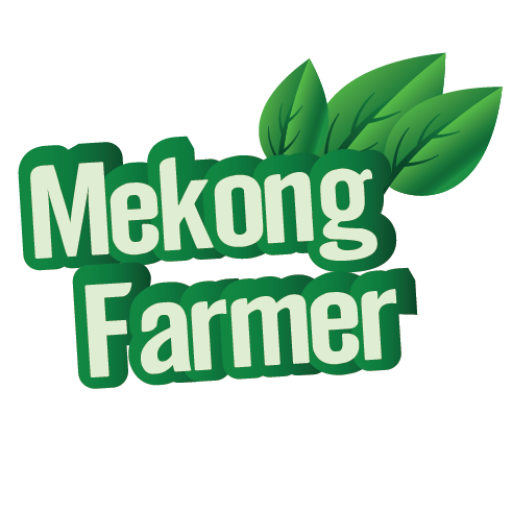(VAN) The consumption demand for premium, healthy, and cold-brew tea products is rising globally, including in the Thai market, opening new opportunities for Viet Nam.
The Thai tea market projected to continue growing
According to the Nationthailand daily newspaper, Mr. Poonpong Naiyanapakorn, Director General of Thailand’s Trade Policy and Strategy Office (TPSO) and spokesperson for the Ministry of Commerce, has revealed the latest findings from TPSO’s monitoring of the global and Thai tea markets.
He noted that tea consumption has steadily increased in recent years, with a significant surge driven by the rising popularity of green tea and matcha, largely boosted by social networks. This trend will have made high-quality, pure matcha increasingly scarce and more expensive by 2025.

The Thai tea market is projected to continue growing at an average annual rate of 2.2% until 2029. Photo: Nationthailand.
Data from the International Tea Committee shows that climate change is reducing tea production even as global demand increases sharply. At the same time, an increasing number of consumers regard matcha as a source of “clean caffeine,” choosing it as a healthier alternative to coffee in line with wellness and fitness trends. However, matcha production remains complex, requiring specialized plant varieties, meticulous processing, and skilled labor.
According to Euromonitor, the global retail tea market reached USD 51.47 billion in 2024, up 3.5% compared to the previous year. Black tea accounted for the largest share at 41.3% of total retail value, followed by green tea (22.8%) and fruit/herbal teas (19.5%). The global retail tea market is forecast to grow at an average rate of 6.1% annually and reach an estimated value of USD 69.22 billion by 2029.
In Thailand alone, Euromonitor reports that the domestic retail tea market reached 2,262.7 million baht (approximately USD 64 million) in 2024, up 4.2% from the same period last year. Of which, green tea held the highest value at 1,040 million baht, accounting for 46.3% of the Thai tea market, followed by fruit/herbal teas (23.0%) and black tea (13.5%).
The Thai tea market is projected to continue growing at an average annual rate of 2.2% until 2029. Notably, Thailand’s ready-to-drink tea market was valued at 16,834.7 million baht, a 6.8% increase from the previous year. The figures reflect the rising demand for convenient, ready-to-drink tea products.
Opportunities for Viet Nam’s high-quality tea
Citing data from the International Trade Centre (ITC), the Agency of Foreign Trade (Ministry of Industry and Trade) reported that Thailand imported 13,200 tons of tea worth more than USD 29 million in the first nine months of 2025, down 12% in volume but up 48.9% in value compared to the same period in 2024.
During the first nine months of 2025, in terms of volume, Thailand’s major tea suppliers were China, Viet Nam, Indonesia, Malaysia, Japan, and Myanmar. In particular, Viet Nam was the second-largest supplier, accounting for 34.24% of Thailand’s total tea import volume and 15.47% of total import value, up 29.99% in volume and 13.42% in value over the same period in 2024. Although Thailand’s total tea import volume declined, its imports from Viet Nam increased by 0.4% in volume and surged by 71.7% in value compared to the same period in 2024.

During the first nine months of 2025, in terms of volume, China, Viet Nam, Indonesia, Malaysia, Japan, and Myanmar were the major tea suppliers to Thailand. Photo: Hong Tham.
In the near future, Viet Nam’s tea market share in Thailand is projected to continue rising, driven by the two countries’ strategic trade partnership and Thai consumers’ shift toward healthier products.
Demand for healthy products, particularly premium and cold-brew tea lines, is dramatically increasing globally, including in the Thai market. This trend offers Viet Nam opportunities to boost exports of its high-quality tea products.
Viet Nam has renowned tea varieties such as green tea (with mild and balanced flavor), along with unique products like lotus tea and jasmine tea, which can make a difference and attract Thai consumers.
However, the average export price of Vietnamese tea remains low, as most products are still in raw form and lack strong branding. Therefore, Vietnamese enterprises need to focus on improving product quality in line with international safety standards, investing in deep processing, and developing value-added product lines such as finished teas and specialty teas. Researching Thai consumer preferences is also essential for designing products that better suit their needs.
At the same time, Vietnamese tea businesses should strengthen trade promotion activities, particularly by participating in international fairs and exhibitions in Thailand, to expand their partner networks and better tap into the potential of this market.
*Currency exchange: USD 1 = VND 26.386 – Source: Vietcombank, November 18, 2025.
Agriculture News | Agri Products Price



